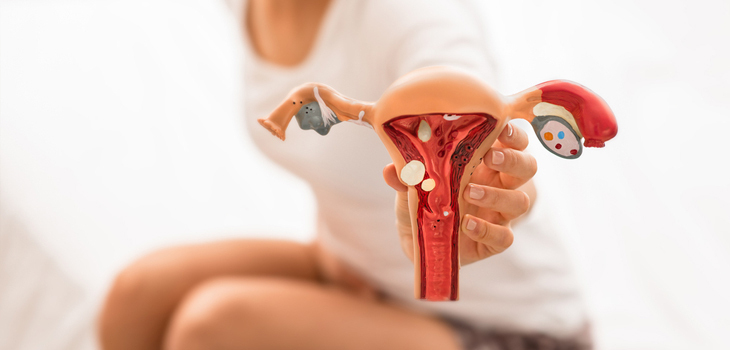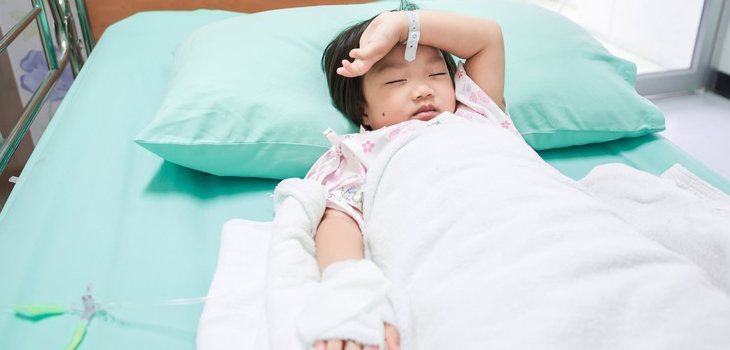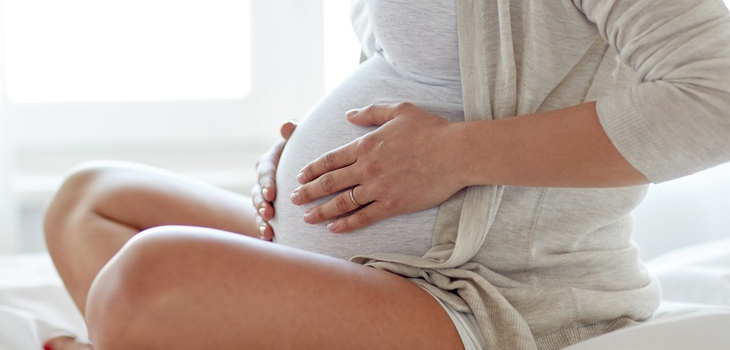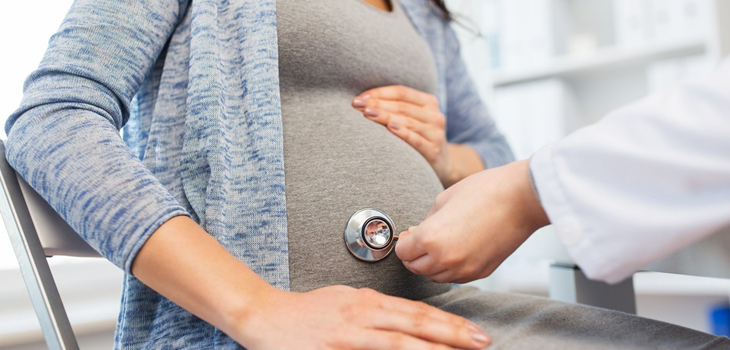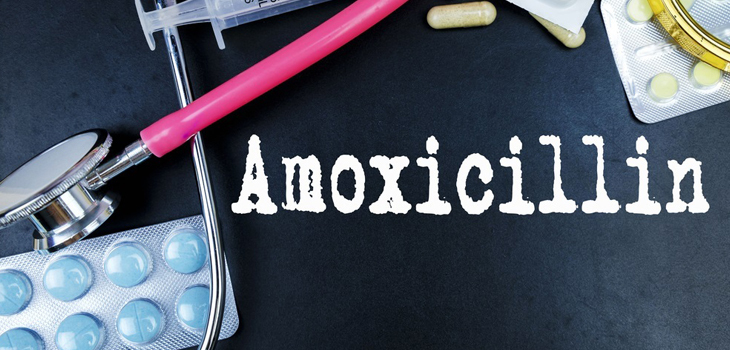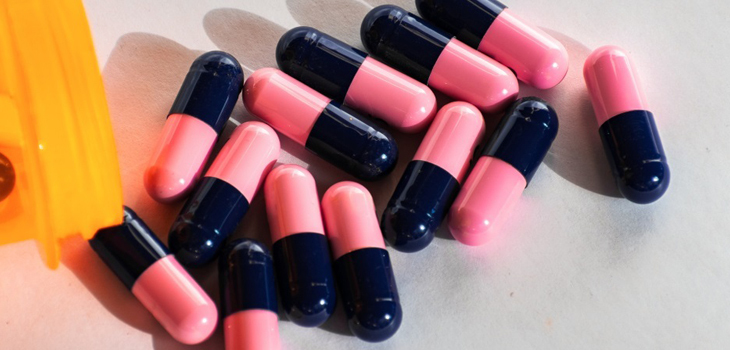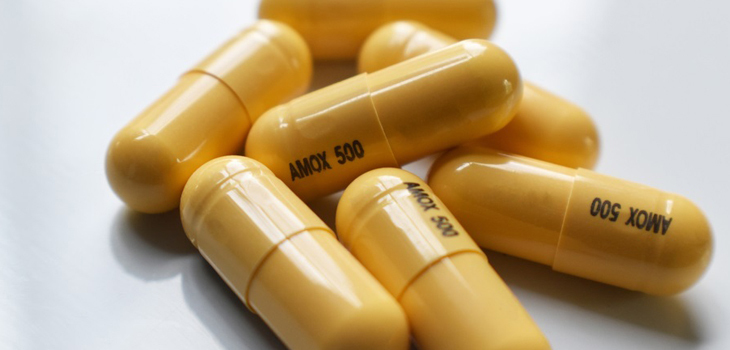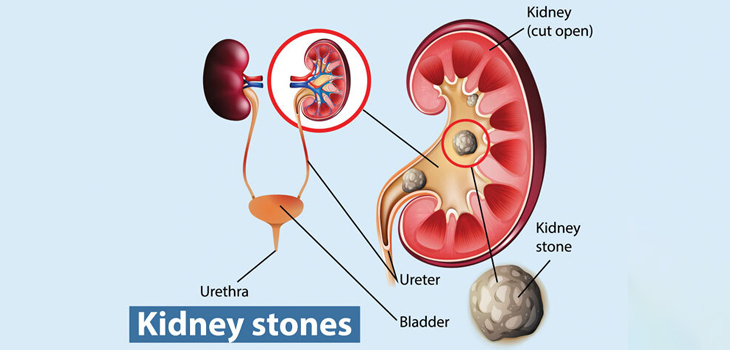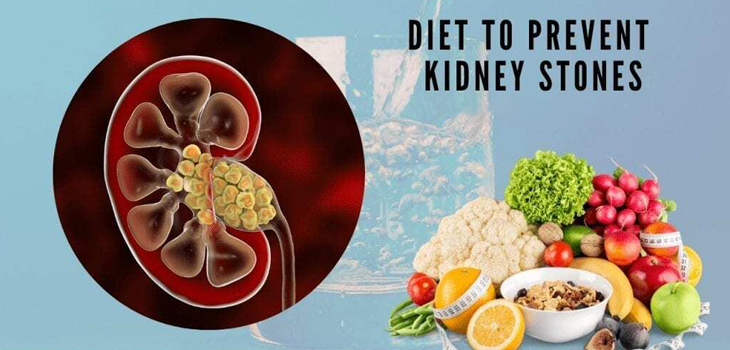
In vitro fertilization (IVF) is a term that almost everyone knows these days. However, not decades back, it was a mysterious infertility procedure that resulted in what was then referred to as “test-tube babies.” Louise Brown, who was born in England in 1978, was the very first such baby who was conceived outside of her mother’s womb by using this procedure.
Unlike the easier process of artificial insemination, wherein sperm is placed in the uterus and conception occurs normally, IVF includes combining sperm and eggs outside the body in a laboratory. When an unborn fetus or fetuses form, they are implanted in the uterus. IVF is a complicated procedure, and only a small percentage of infertile couples pursue it.
What Is Infertility?
In summary, infertility is defined as the inability to become pregnant (conceive) after a year or more of unprotected sex. Since women’s fertility declines markedly with age, a few specialists assess and treat women aged 35 and up after 6 months of unprotected intercourse to confirm the reason for infertility. Women experiencing infertility should consult with a reproductive endocrinologist, a doctor who specializes in infertility management. Women who have suffered two or more spontaneous miscarriages may also benefit from the help of reproductive endocrinologists.
Pregnancy is the eventual outcome of a multi-step process. To become pregnant:
- An egg must be discharged from either of a woman’s ovaries
- Along the way, a man’s sperm must enter the egg to fertilize.
- The fertilized egg must pass through a fallopian before reaching the uterus (womb).
- The embryo must become attached to the uterine wall (implantation).
Infertility can be caused by a problem with one or more of these steps.
Impaired fecundity is a condition associated with infertility that describes women who have difficulty becoming pregnant or carrying a pregnancy to term.
What Infertility Conditions Can IVF Treat?
If you or your partner are suffering from one of the following conditions, IVF may be a viable option:
- Endometriosis
- Sperm count deficiencies
- Uterine or fallopian tube problems
- Ovulation issues
- Antibody issues that cause sperm or egg damage
- Sperm’s lacking in the ability to penetrate or survive in cervical mucus.
- Egg quality is poor.
- A mother’s or father’s genetic disease
- A fertility issue that cannot be explained
Except in cases of complete tubal blockage, IVF is never used as the first step in the treatment of infertility. It is instead reserved for cases where other methods, such as fertility medications, surgery, and artificial insemination, have failed.
If you think IVF might be right for you, do your research before committing to a treatment facility. Here are a few questions to be asked to the fertility facility staff before commencing treatment:
- What is their pregnancy rate per embryo transfer?
- What is their pregnancy rate for couples of your age and with similar fertility issues?
- What is the live birth rate for all couples who have this procedure performed at their facility each year?
- How many of those births are twins or other multiple births?
- How much would the procedure cost, including the hormone treatments?
- How much would it cost to store embryos, and how long can we keep them?
- Do they take part in an egg donor initiative?
What Should I Expect?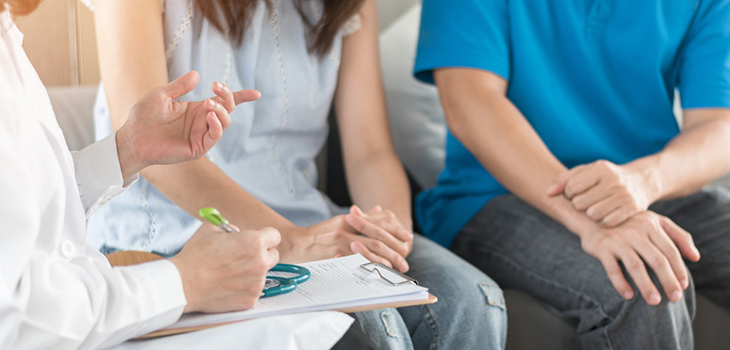
The first step in IVF is to inject hormones into your body, which causes you to create several eggs each month rather than just one. After that, you would be tested to see if you are ready for egg retrieval.
You would be provided injections of a medication prior to the retrieval operation which also matures the developing eggs and initiates the ovulation process. It is imperative to remove the eggs at the exact moment they emerge from the follicles in the ovaries, so timing is crucial. The eggs will not develop normally if they are extracted too soon or too late. Before retrieving the eggs, your doctor may perform blood work and ultrasound to ensure they are at the proper developmental stage.
The IVF facility will give you specific guidelines to implement the night before and the day of the operation. Often the women who undergo this procedure are given pain killers and the option of being slightly sedated or completely anesthetized.
During the operation, your physician will use ultrasound to locate follicles in the ovary and detach the eggs with a hollow needle. The procedure is usually completed in less than 30 min, but it can take nearly an hour.
Your eggs will be merged in the laboratory immediately following the retrieval with your partner’s sperm, which they will have donated on the same day.
While you and your partner return home, the fertilized eggs are monitored in the facility to ensure proper growth. Depending on the facility, you could even have to wait up to several days for the embryo to reach the blastocyst stage.
When the blastocysts are ready, you could return to the IVF facility so that doctors can implant one or more of them into your uterus. This method is faster and less difficult than egg collection. The doctor will insert a flexible tube known as a catheter via your vagina and cervix and then into your uterus, where embryos would be implanted. Most IVF experts advise putting up to three embryos at a time to increase the likelihood of pregnancy. Nevertheless, this also makes it likely you could have multiple pregnancies, which can pose additional health risks to both you and the unborn children.
Post-operation, you would typically spend several hours in bed before being discharged 4 – 6 hours later. About two weeks after the embryo transfer, your doctor will most likely perform a pregnancy test on you.
Your physician may combine IVF with intracytoplasmic sperm injection in cases in which the man’s sperm count is extremely low or there is poor motility (movement of the sperm). In this method, sperm is extracted from the sperm (or, in some cases, the testicles) and inserted directly into the egg. When a viable embryo has been created, it is introduced to the uterus via the standard IVF procedure.
How Effective Is IVF?
A number of factors influence IVF success rates, including:
- The cause of infertility
- Where the procedure was performed
- Whether the eggs are fresh or frozen
- Whether the eggs were donated or your own
- Your age
Is There Anything Else to Take into Account with IVF?
Embryos that are not used after your first IVF attempt could be frozen for future use. If you have IVF for the second or third time, this will save you money. If you do not want your remaining embryos, you can make a donation to another infertile couple or request that the facility destroys the embryos. Before the facility can destroy or donate your embryos, it needs formal consent from you and your partner.
The age of a woman is a key factor in the success of IVF for just about any couple. The success rate rises as the number of egg transfers increases. As techniques improve and doctors gain more experience, the rate of success of IVF is continuing to increase in all age groups. To learn more about infertility and IVF treatment, please contact us at Dr. Mehta’s Hospitals.


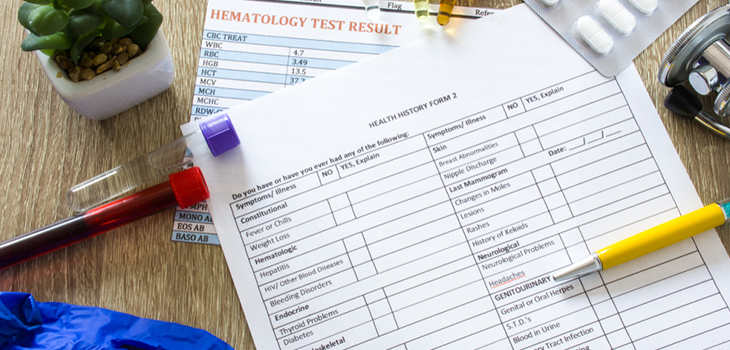

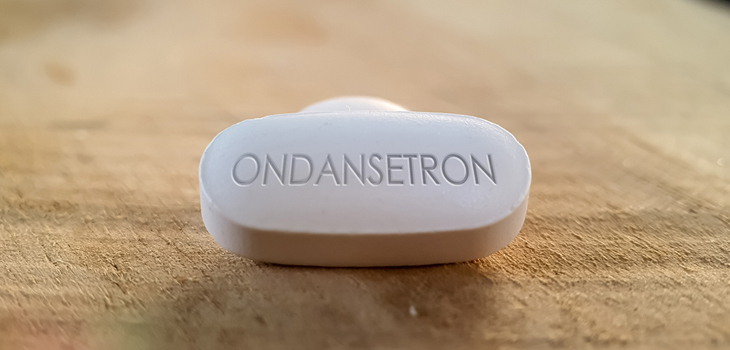
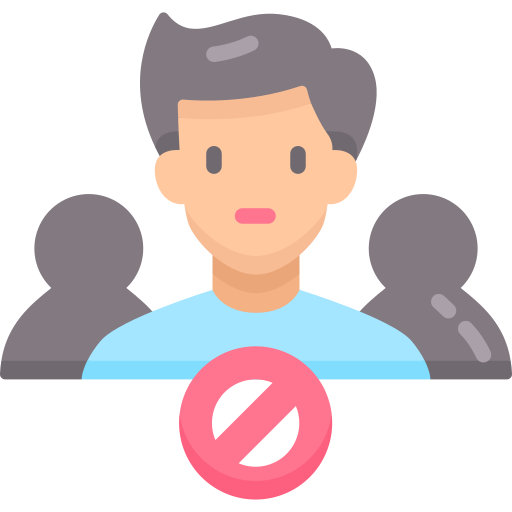 Who Should Avoid?
Who Should Avoid?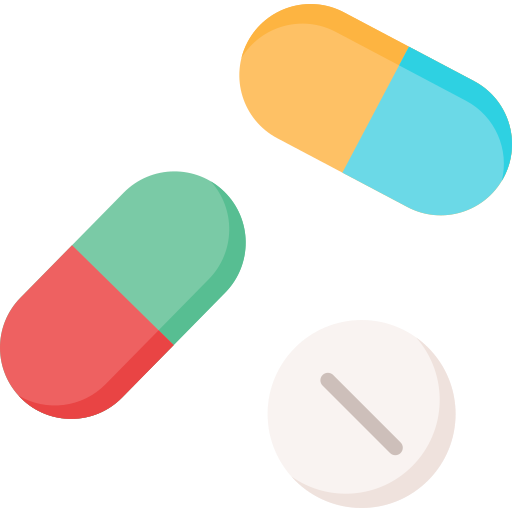 Emeset-Interacting Medications
Emeset-Interacting Medications How Should It Be Consumed?
How Should It Be Consumed?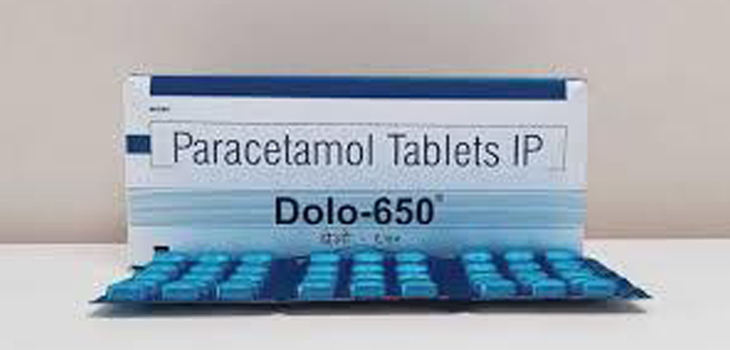
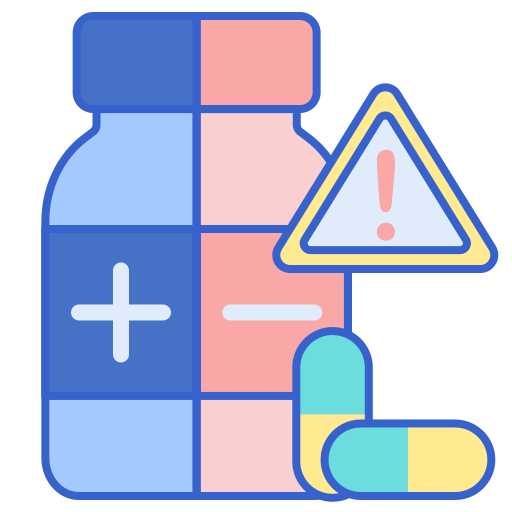 Side Effect
Side Effect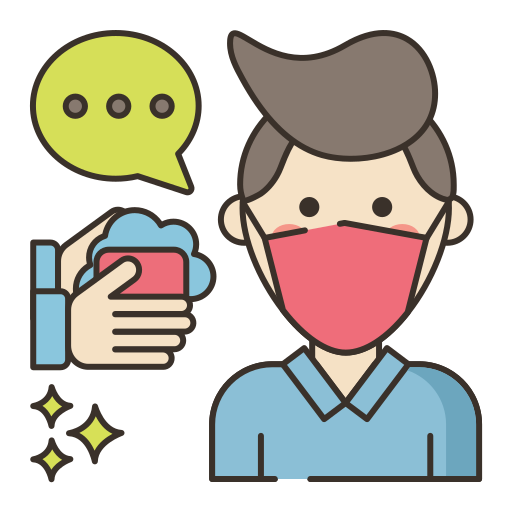 Precautions When Using Dolo 650
Precautions When Using Dolo 650


